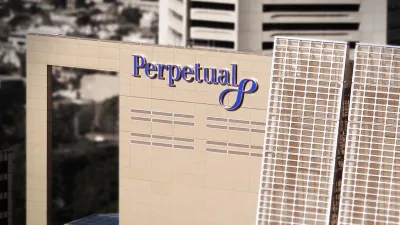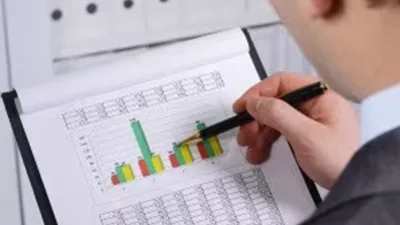Active vs passive investing: which wins?



Most Australian funds in all categories except small-cap equity funds failed to outdo their respective index benchmarks in 2014, bringing the active versus passive investing debate back into the fore.
The Australia year-end 2014 S&P Dow Jones Indices Versus Active Funds (SPIVA) scorecard showed the Australian equity market performance was underwhelming in 2014 compared to the previous year, with more than 60 per cent of large-cap funds returning lower than the S&P/ASX200.
The report by Standard and Poor's Dow Jones Indices, which is a part of McGraw Hill Financial, showed the S&P/ASX 200 returned 5.6 per cent in 2014 compared to 20 per cent in 2013. Compared to this, all Australian equity funds in this category returned 4.85 per cent.
"There is no consistent trend in the yearly active versus index figures, but we have consistently observed that the majority of Australian active funds in most categories fail to beat the comparable benchmark indices over three- and five-year horizons," senior director of global research and design and author of the report, Priscilla Luk, said.
But small-cap equity funds consistently beat their benchmark, indicating this area is has been under-researched compared to large-cap stocks.
The report suggested this opens doors for active asset managers to make use of any mis-pricings in the market.
None of the Australian fund categories managed a 100 per cent survivorship rate, with around three to four per cent of funds fading away from different categories in the past year.
Australian bond funds and A-REIT funds were the worst performers, with more than 90 per cent of the funds performing below the mark compared to the S&P/ASX 200 A-REIT and the S&P/ASX Australian fixed interest index.
Recommended for you
“Challenging flow patterns” at J O Hambro Capital Management have led to $16.2 billion in asset management outflows for Perpetual in FY25, as its CEO admits the firm can gain new assets but then has problems retaining them.
Income Asset Management is set to launch two managed accounts of investment grade assets and syndicated loans in FY26, responding to adviser demand.
Pengana Capital Group has detailed the impact of its move into private credit, with chief executive Russel Pillemer describing plans to “become a force in the non-institutional market”.
Investment partnership firm Perennial Partners has entered a binding agreement to partner in the development of Ziller Funds Management led by former Maple-Brown Abbott deputy portfolio manager, Joseph Ziller.














